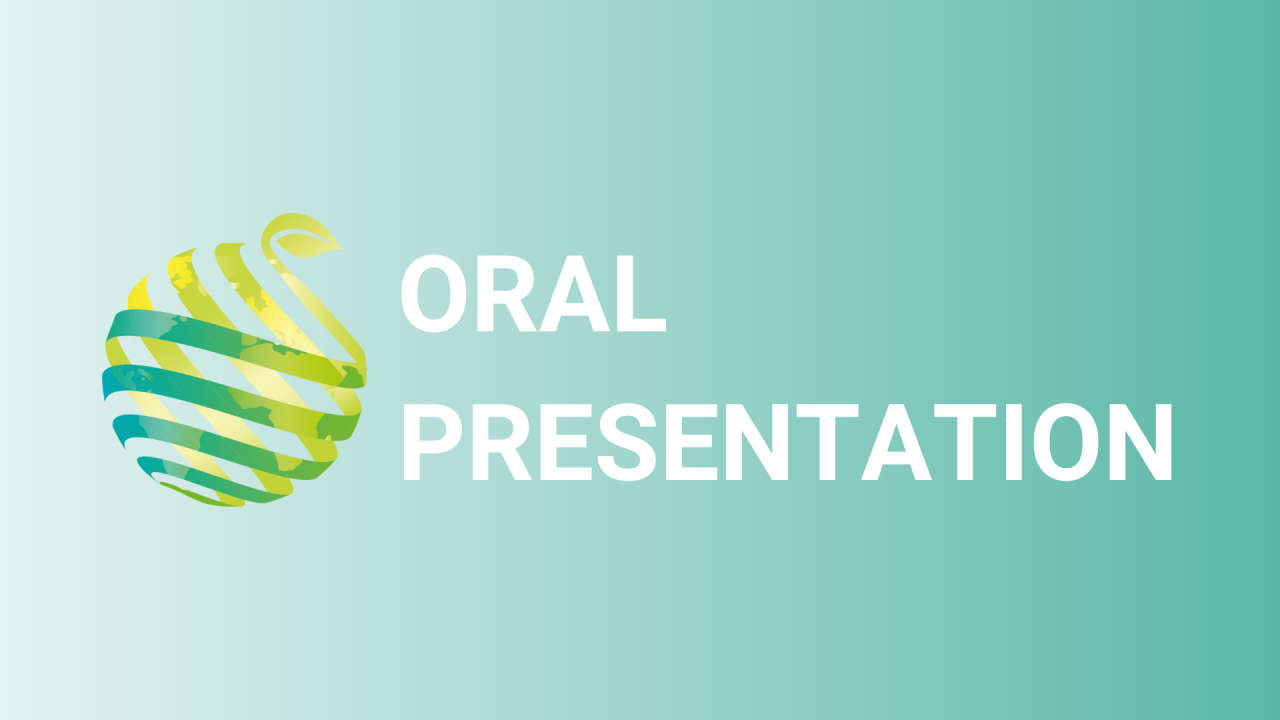

S20 - Session O4 - Effect of nano-fertilizer on cluster characteristics of table grapes
Information
Authors: Youssef Sassine *, Narjes Jamal AlDine, Kiril Popov, Abed Al Rahman Al Eit, Israa El Masri
Table grapes in Lebanon are considered to be one of the most valuable agricultural products supplied on the market. Implementing adaptive strategies is important to improve grape quality and raise its efficiency and then increase its competitiveness to meet the market demand. The objective of this study is to compare the application of two concentrations of Nano-fertilizer to that of the control on several productive traits of table grape variety. Three treatments were applied: the control (with product), Biozar Ca+B applied with 3 g L -1 and Biozar Ca+B applied with 5 g L -1 . Biozar Ca+B were applied twice in all treatments. The following indicators were studied: Date of version, cluster weight, cluster length and width, cluster compactness, number of berries per cluster, and harvest date. Biozar Ca+B applied with 3 g L -1 increased cluster weight and width by 0.166 kg and 2.7 cm, respectively, than the control and Biozar Ca+B applied with 5 g L -1 . Biozar Ca+B with 3 g L -1 recorded the highest cluster length (23.3 cm) while Biozar Ca+B applied with 5 g L -1 recorded the lowest length (21 cm). Biozar Ca+B with 3 g L -1 increased average number of berries/cluster by 20 berries compared to control and 16 berries compared to Biozar Ca+B applied with 5 g L -1 . The greatest cluster compactness was detected in Biozar Ca+B with 3 g L -1 . The latest had similar veraison and harvest dates to that of the control, however both were late by 6 and 4 days than Biozar Ca+B 5 g L -1 respectively. Hence, Biozar Ca+B applied with smaller concentration (3 g L -1 ) enhanced cluster quality of table grapes more than its application with 5 g L -1 . Maybe high concentrations of nano-particles negatively affect plant productivity due to their tiny scale.